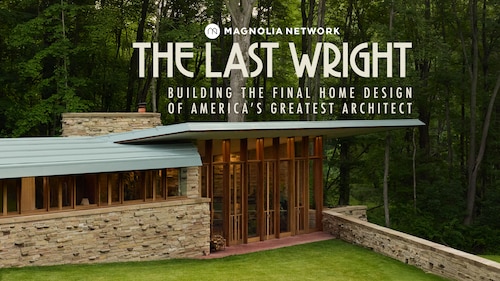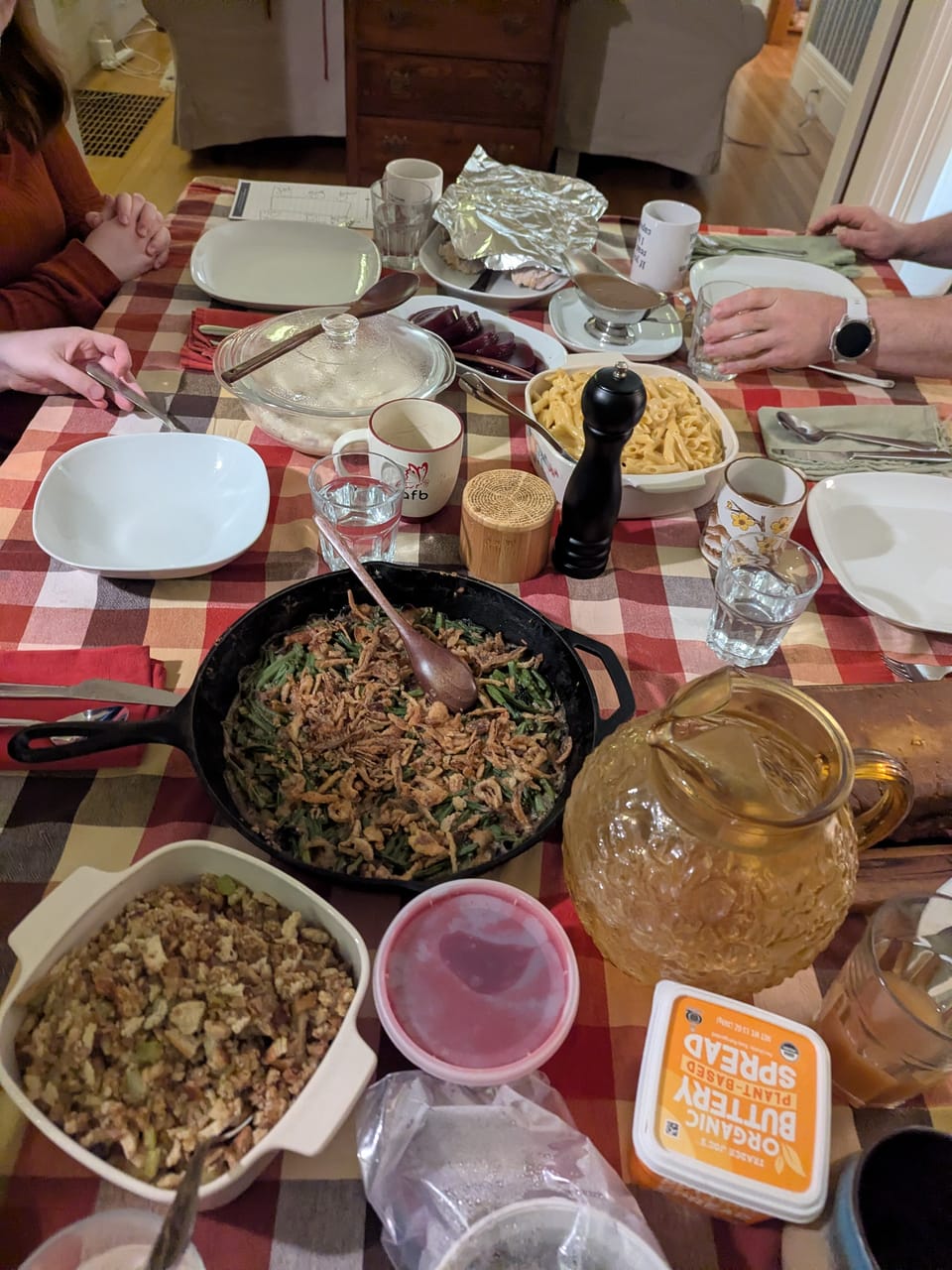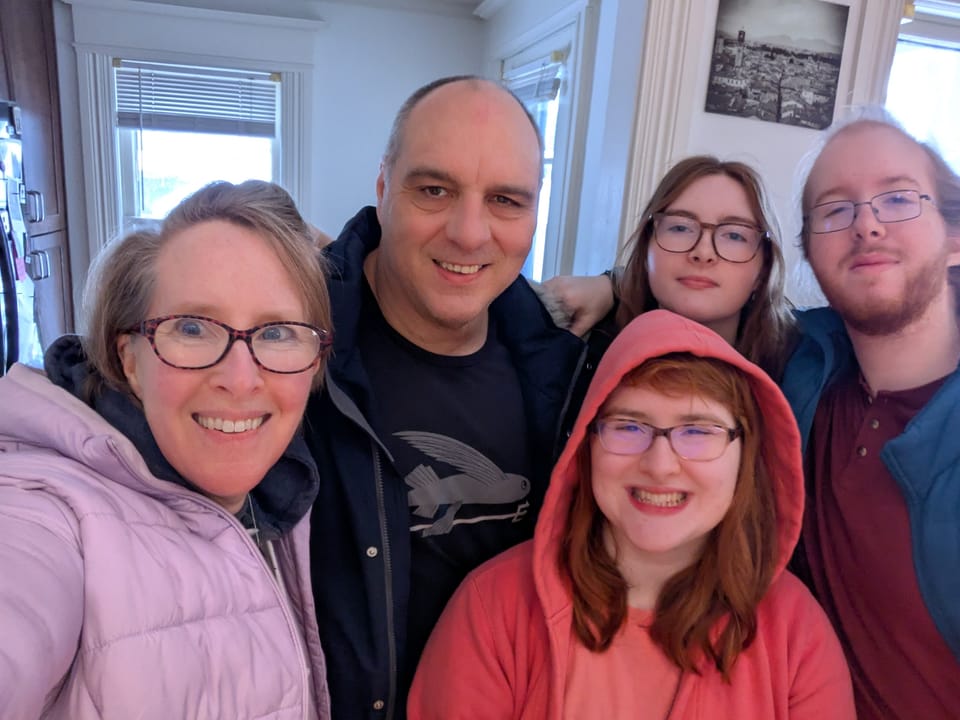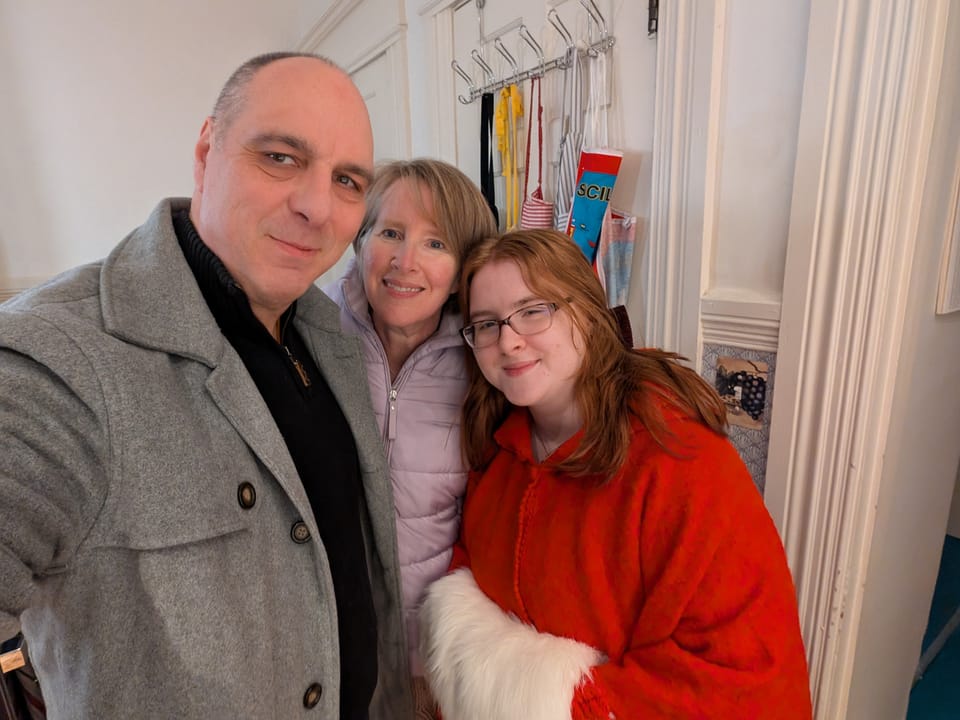Frank Lloyd Wrights and Wrongs

A dozen blocks from us crouches the Edward E Boynton House, a mid-career work by Frank Lloyd Wright. This is a grand 5,500 square foot home that Wright designed in 1908. It was originally a country estate on the edge of town with grounds of about two acres (Wikipedia will say one acre but I measured).
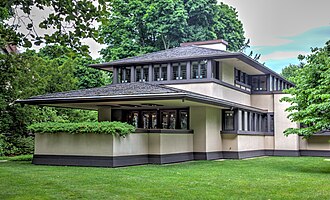
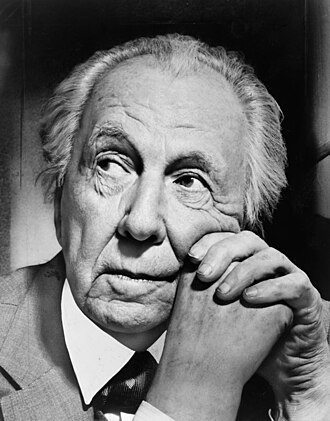
The house's history is two steps forward followed by two steps back. The original owner moved after nearly a decade and the second owner fell into financial disrepair. The land was subdivided and sold off; the front porch was (gasp) enclosed. Rain gutters were installed.
Frank Lloyd Wright revisited Rochester in 1932 for a speech at the Memorial Art Gallery. He was driven by the property.
Wright literally "rose in his wrath before her eyes...and in his distress banged his head on the ceiling of the cab. The driver was ordered on." "They've wrapped conductor pipes around my plane spaces!" he shrieked. "They have destroyed my house!" Still reeling from the sight of his house, Frank Lloyd Wright ranted throughout his evening lecture at the Memorial Art Gallery.
Wright was not paid his full fee for his eagerly attended speech that degraded to a pessimistic rant and he never returned to Rochester again (I too remember having one of my younger-self's Lego creations destroyed by a newfound enemy and the white-hot anger that caused).
The house ping-ponged through a variety of owners, many well-meaning, some absentee. The roof leaked and rotted and termites chewed away at the foundation.
In 2009, fortune finally smiled.
Jane Parker and Francis Cosentino bought the house and embarked on a massive restoration. This included removing miles of trim, painstakingly stripping years of paint from the very pores of the wood, rebuilding, reconstructing, redesigning, reordering the relationships of space, but with Wright's meticulous, ordered spirit in mind.
One day a year, the owners loan the house to the public with the encouragement of a giddy Landmark Society. We attended with friends.

The reconstruction was exquisite. While we weren't allowed to take pictures inside the house, nor step on the rugs, and while our feet remained encased in little booties while we were inside, we did squeeze in a few photos outside.
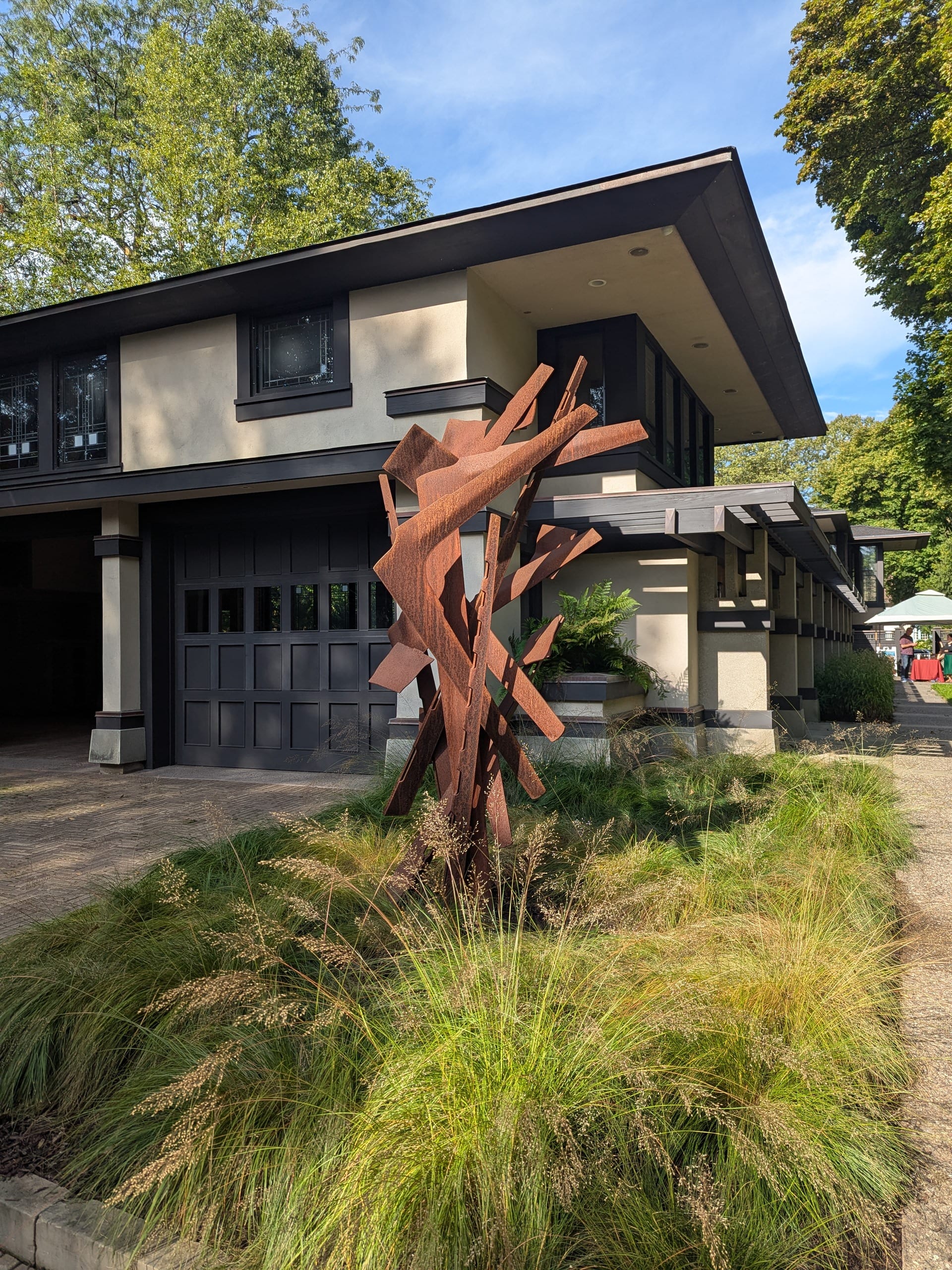
An exquisite multi-level garage, neat as a pin with period details, was rebuilt outside. Fortunately, the level of detail outside was an excellent proxy for the fine work inside.
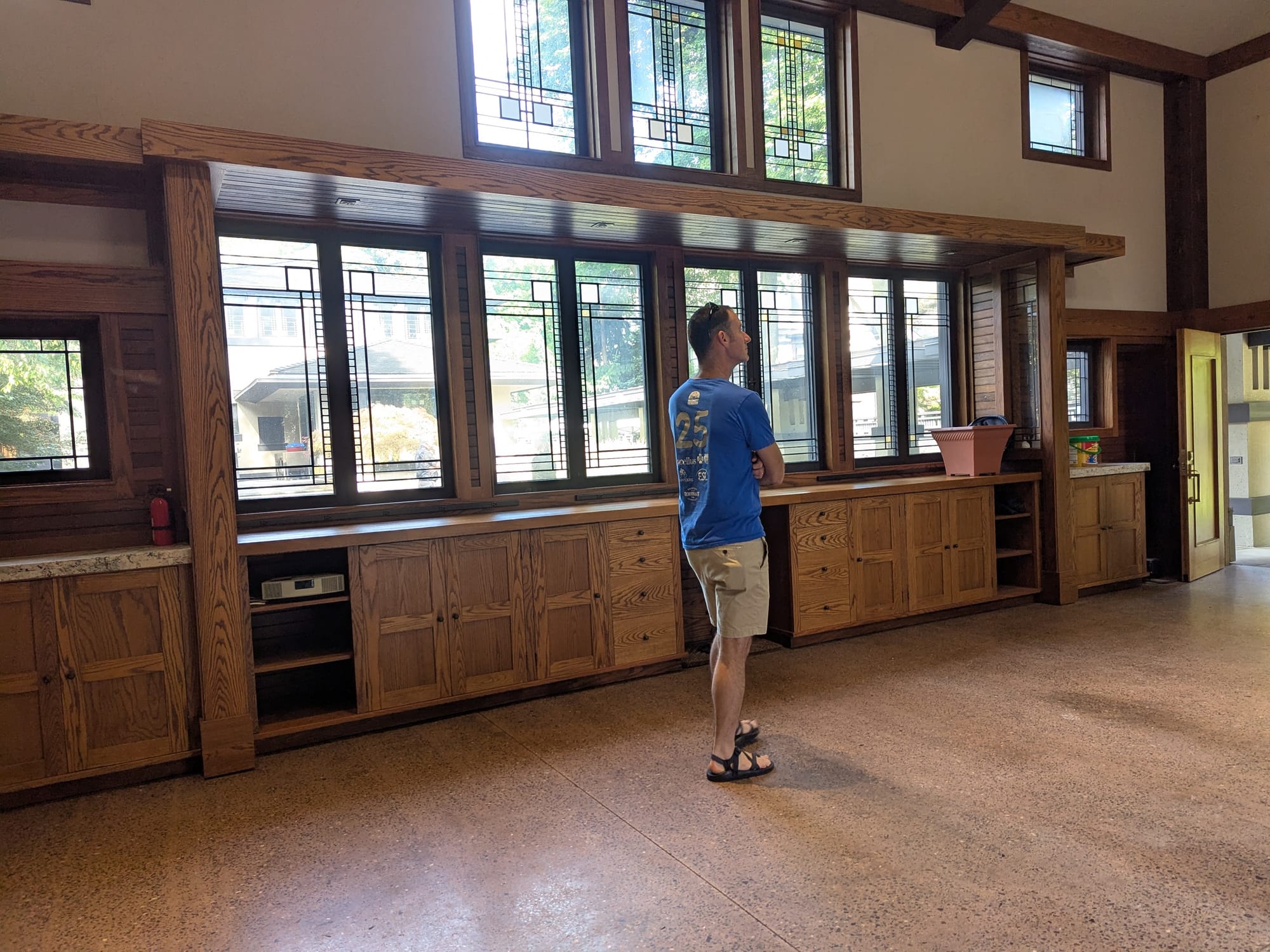
The original estate had a reflecting pool and the reconstruction has a beautiful pond full of massive koi and tiny lily pads.
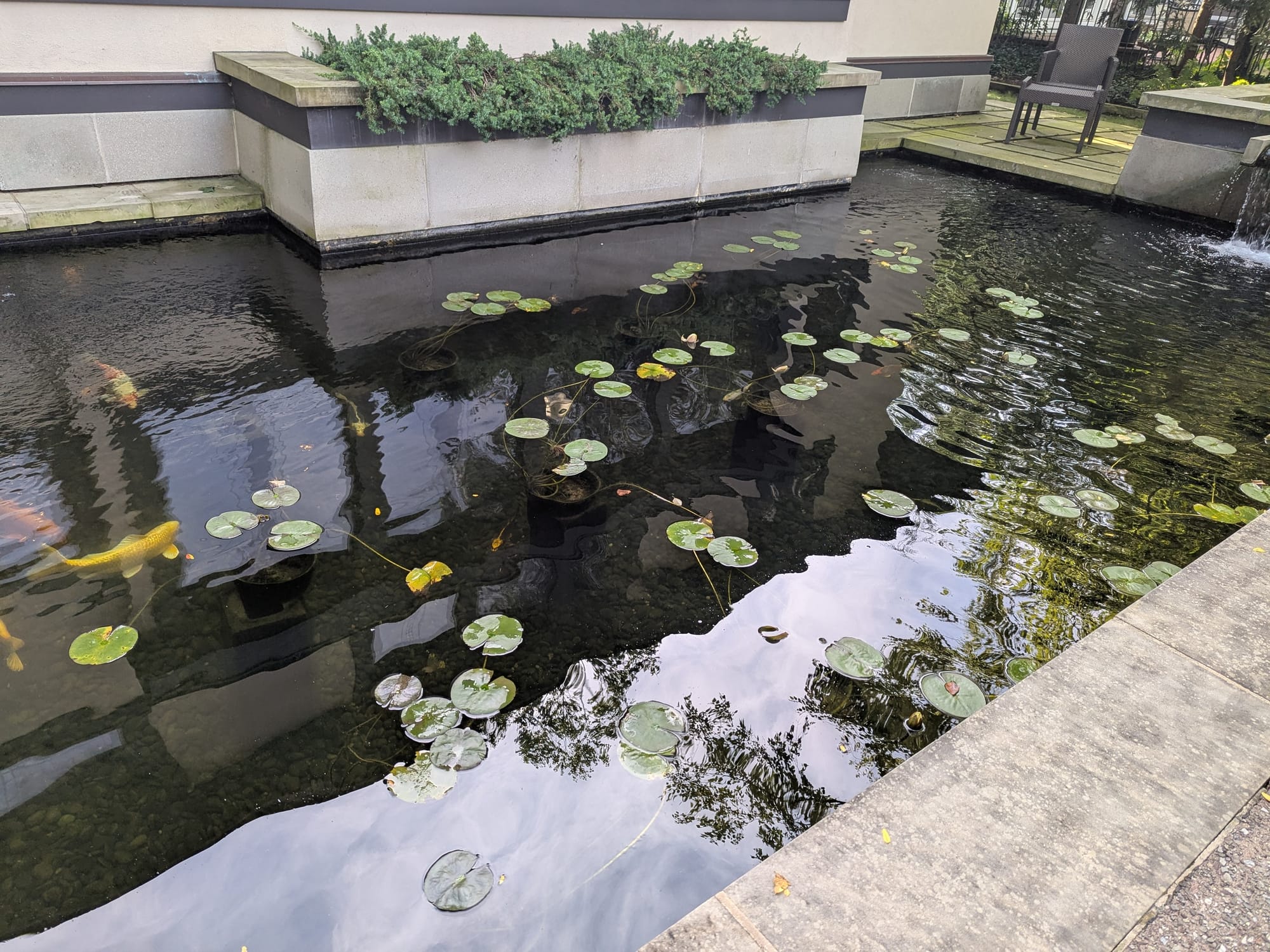
The entrance is hidden, minimized.
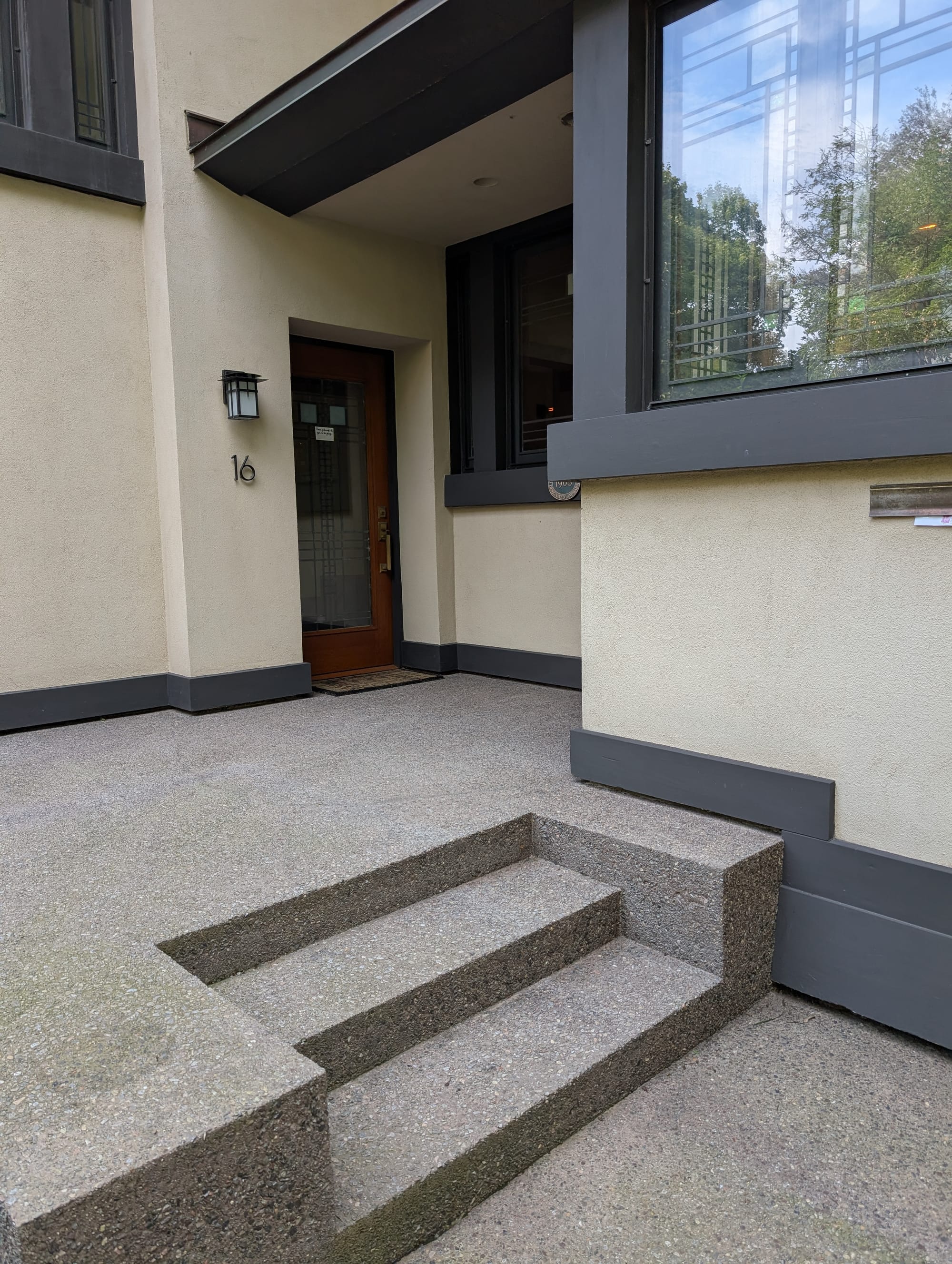
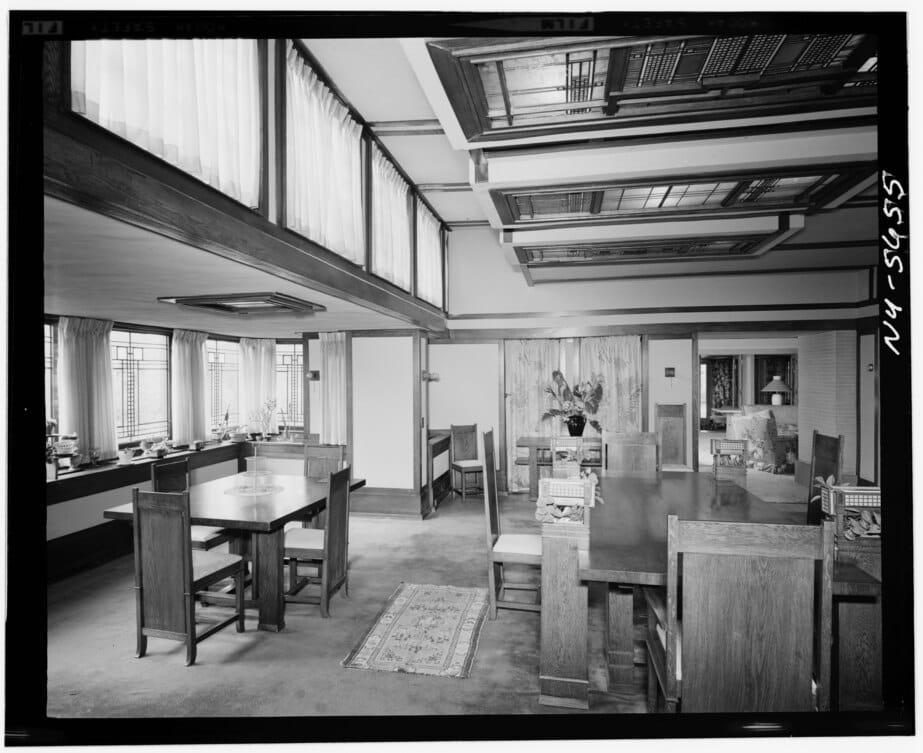
Inside the elements form a whole. Some of Wright's principals include:
- Comprehensive design of all the furniture. Living in a Wright house is like living in a human sized armoire.
- If Wright wanted to push you through a space, he'd compress the space vertically and/or horizontally. Entrances to rooms were often compressed and then the room would open up vertically.
- The house features a massive stone fireplace anchoring a cozy den, another common Wright feature.
The spaces are beautiful, the detail exquisite.
But.
We've seen a lot of houses in Rochester with exquisite detail and flowing spaces. We couldn't live in this space as Wright's automatons.
What grates is his desire to impose a frozen aesthetic on generations in an unknowable future. In many ways he was forward looking; open-floor plans, compression and release. But in others he wasn't. The houses leaked (internal storm gutters 😱), had strict separation between space for "the help" and spaces for the public, and small kitchens intended as workspaces rather than the gathering spaces we favor now.
The story I enjoy most about this house is the refurbishment. The recasting and reimagining of the space by sensitive local architects and builders. Beautiful, re-imagined, and true to its founding spirit. This is the real human story. One of struggle, anger, rot and rediscovery.
As an aside, there's a wonderful documentary, The Last Wright, on HBO Max/Magnolia Network about the modern, meticulous construction of Wright's final Usonian house design. It's worth a watch and was an excellent appetizer for our home tour.
